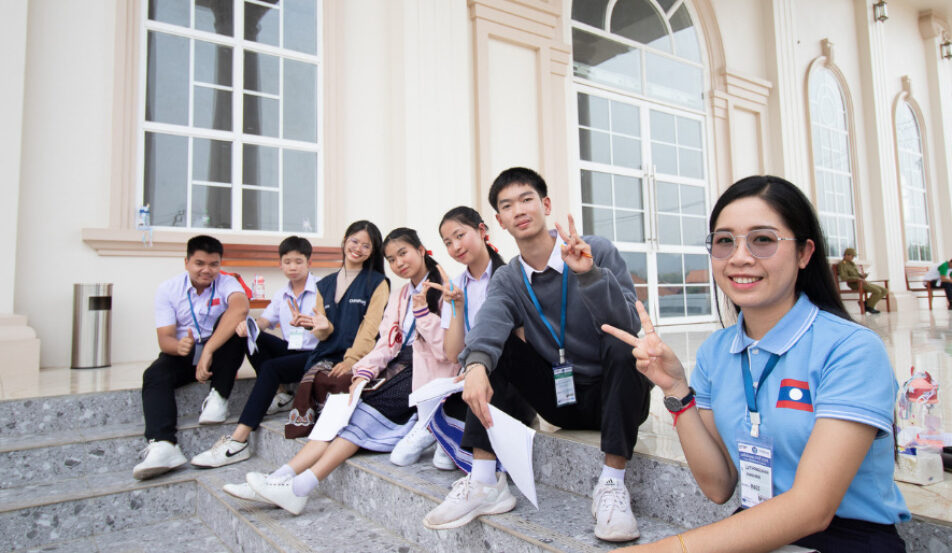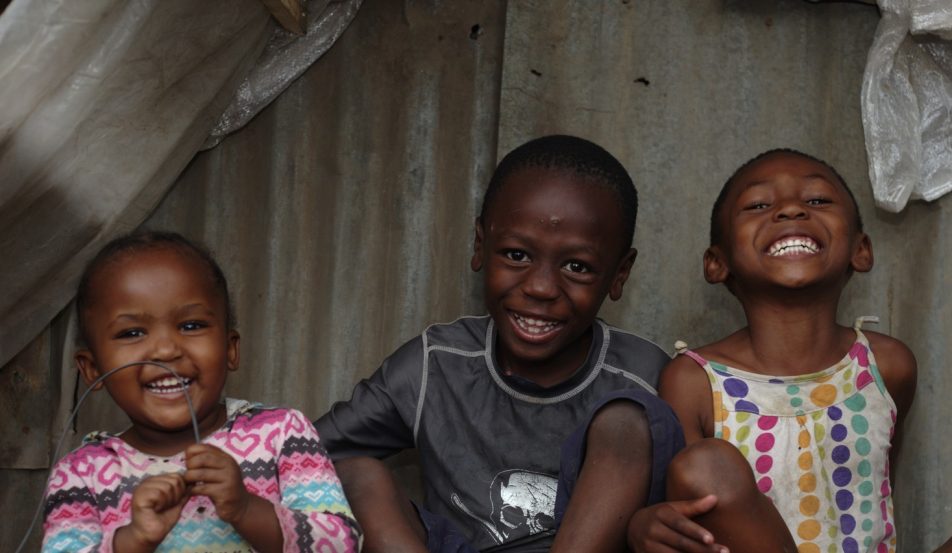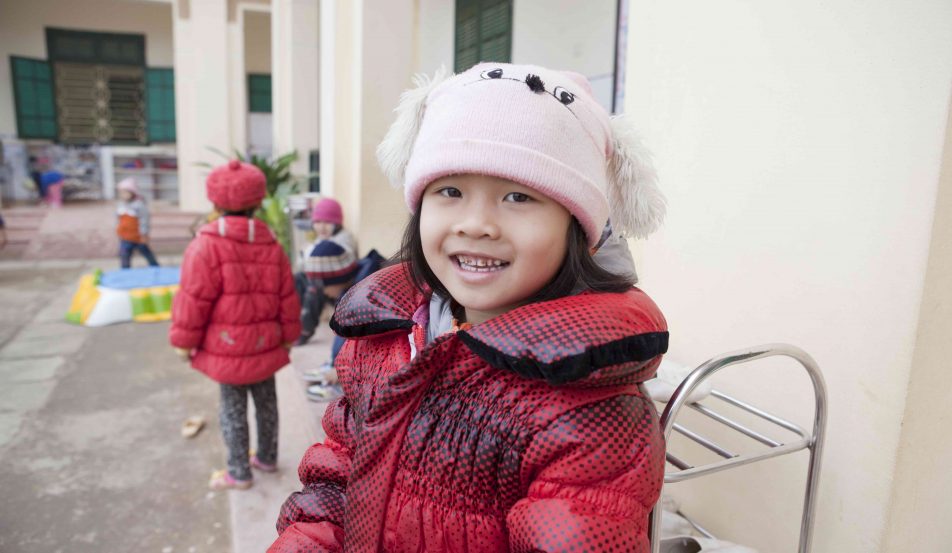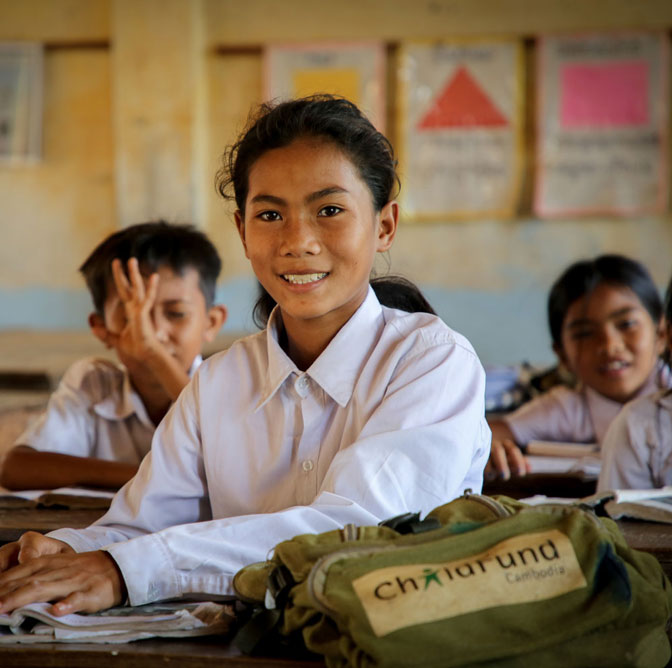Gap between rich and poor putting millions of children at risk
UNICEF has just released the 2016 State of the World`s Children report, highlighting that the world`s most disadvantaged children are at great risk if urgent action isn’t taken to close the gap between rich and poor.
The report finds that while tremendous progress has been made globally in reducing child deaths, getting children into school and lifting millions out of poverty, this overall progress has masked glaring, and sometimes growing gaps, between children from the poorest households and those from the richest households.
The most disadvantaged children continue to live and die in unconscionable conditions. In 2015, an estimated 5.9 million children died before reaching age 5, mostly as a result of diseases that can be easily and affordably prevented and treated.
The new Global Goals have three broad objectives over the next 15 years: end extreme poverty, fight inequality and injustice, and address climate change. However, if progress is not accelerated, by 2030:
- An estimated 167 million children will live in extreme poverty (less than US$2 a day), nine out of 10 of them in sub-Saharan Africa.
- Almost 70 million children under the age of five could die, with children in sub-Saharan Africa 10 times more likely to die before their fifth birthdays than children in high-income countries.
- More than 60 million primary school-aged children will be out of school, more than half from sub-Saharan Africa.
- Some 750 million women will have been married as children, three quarters of a billion child brides.
“These vast inequities and dangers do more than violate the rights and imperil the futures of individual children. They perpetuate intergenerational cycles of disadvantage and inequality that undermine the stability of societies and even the security of nations everywhere,” said Anthony Lake, UNICEF`s executive director.
“For the most part, the constraints on reaching these children are not technical,” he added. “They are a matter of political commitment. They are a matter of resources. And they are a matter of collective will €“ joining forces to tackle inequity and inequality head-on by focusing greater investment and effort on reaching the children who are being left behind.”
ChildFund Australia CEO Nigel Spence said: “Governments around the world must invest in expanding opportunities for children and families at greatest risk. This report signals why urgent action must be taken to shift policies, programming and public spending priorities towards the most disadvantaged.
“Rising inequality is already having a massive impact, including in our own region,” Mr Spence continued. “It is more important than ever that we focus our efforts on expanding opportunity for every child, particularly those who experience vulnerability or exclusion.”
Read the full report here.
*The term ‘equity’ may mean different things in different contexts, however, in this report and elsewhere, it refers to all children having the same opportunities to survive, develop and attain their full potential. Fundamentally, it is about fairness and opportunity, a fair chance for every child.






